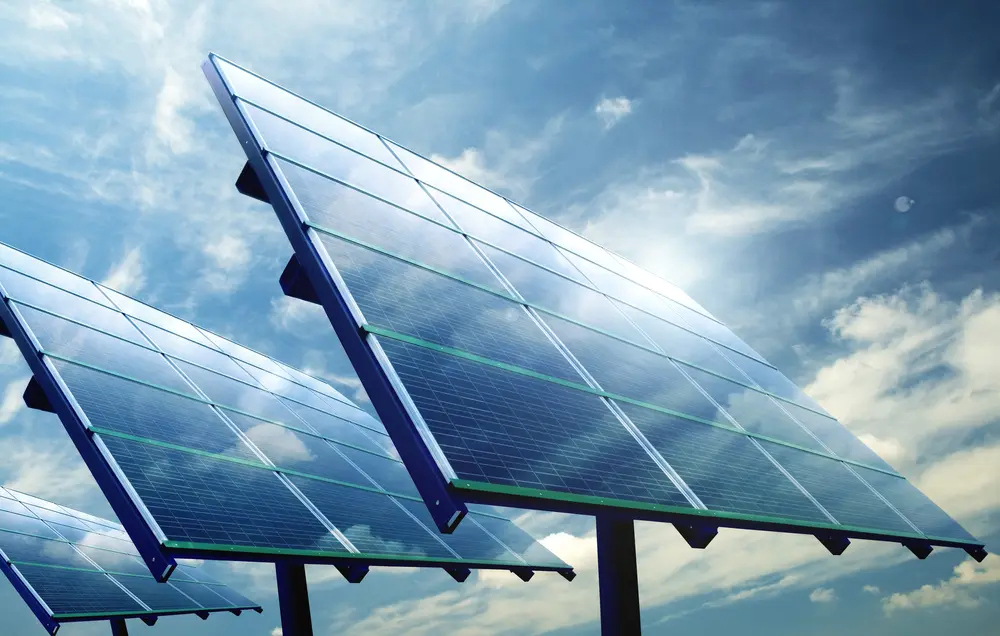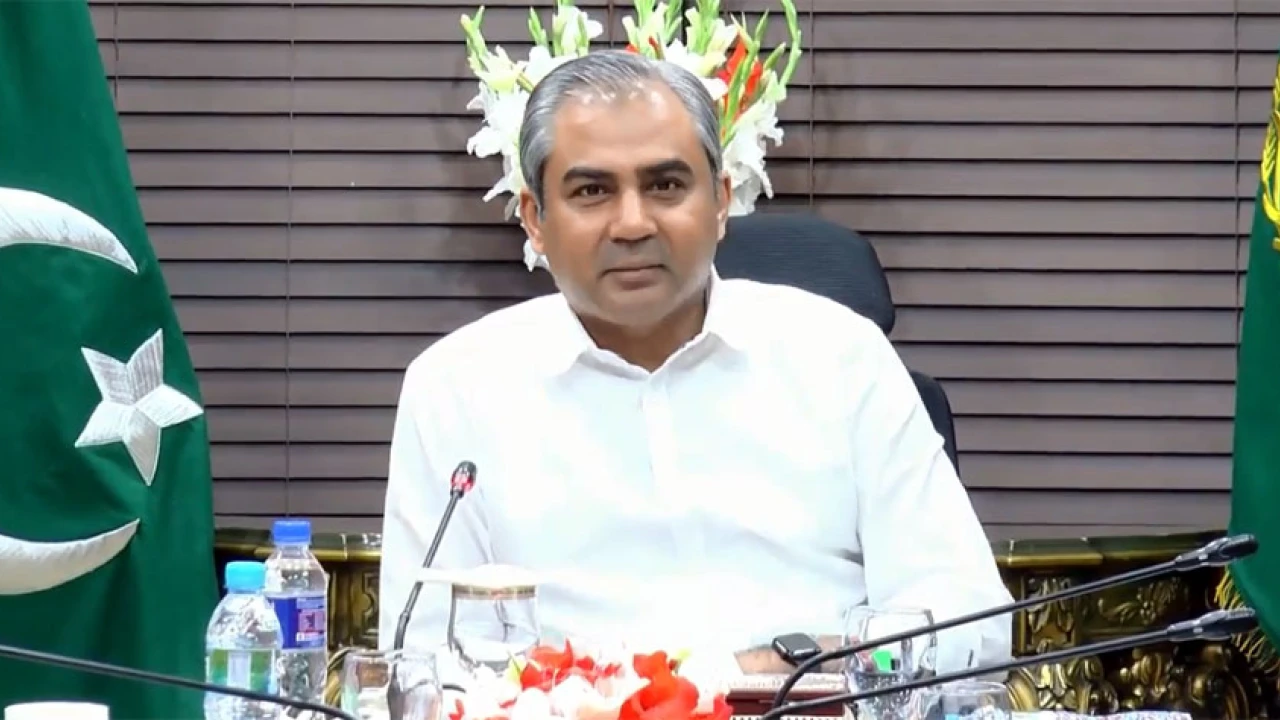China’s rural areas account for more than 90% of the total land area, with the potential for developing rural photovoltaics is unlimited. PV not only empower the revitalization of rural industries, but also provde huge impetus for rural low-carbon development and the construction of beautiful villages.
However, rural PV also has prominent problems such as unsightly appearance and security risks,” on the occasion of the 2024 Two Sessions, Zhong Baoshen, Chairman of LONGi Green Energy, emphasized in his motion.
In the newly released 2024 Government Work Report, expected development goals in the energy field was released, Energy consumption per unit of GDP will be reduced by about 2.5%, and the quality of the ecological environment will continue to improve.
Various measures will be further deepened and implemented to strengthen the construction of ecological civilization, also promote green and low-carbon development.
Nothing that energy security impacts a country’s overall economic and social development, President Xi said developing clean energy and promoting green and low-carbon transformation have become the consensus of the international community to cope with global climate change, CEN reported.
We should follow this general trend, seize the opportunities, and intensify efforts to promote high-quality development of new energy in China. In this way, we will secure safe and reliable energy supply for advancing Chinese modernization, and make greater contributions to tlow carbohe building of a clean and beautiful world.
Zhong noted, The deep integration of PV projects with architectural styles, even the surrounding environment has become a shortcoming that we urgently need to make up for.
During his survey in rural areas, Zhong found that PV module products here come in various sizes and inconsistent tones, as well as power stations are haphazardly put together with buildings, thus the integration with the overall rural style is relatively poor.
Furthermore, current development model of the rural PV market is a certain extent mixed, with a large number of low-end and low-quality products flooding it, showing numerous problems with appearance and reliability, such as poor anti-corrosion of PV brackets, connectors, bolts and other accessories. In the rainy and typhoon weather in the south China, these defects often directly affect the service life of PV power stations.
Zhong introduced that with smaller size and scattered individually, there is a lack of unified high-standard centralized development planning and selection guidance for rural PV stations. Not only that, there is also a lack of whole-village construction planning and low-carbon transformation thinking for clean heating and cooling.
Although rural distributed PV started late, it has grown so rapidly. Chaotic development would affect the perception and acceptance of PV by farmers and society.
On the basis of building the first PV zero-carbon village in Kefang Village, Tongchuan City, Shaanxi Province, Zhong suggested that relevant departments introduce standards for the selection of key materials such as components and inverters for rural PV power generation projects, and vigorously promote component products with high power generation efficiency, high reliability and architectural aesthetics. On a deeper level, key project demonstration plants will be launched to promote high-quality development of rural PVs.
On the basis of improving the power generation efficiency of rural PV power stations, we need to think in depth about the comprehensive needs of rural customers. Apart from providing them with durable and beautiful-looking products, the solutions should also be perfectly integrated with local characteristic residential buildings. To my point of view, it is also an indispensable responsibility of practitioners.
Future buildings should and must be products that combine power generation and energy-saving functions, as well as are deeply integrated with architectural styles and surrounding application scenarios, for instance, building-integrated photovoltaics (BIPV) make full use of the light-receiving surfaces (roofs, walls, etc.) to achieve the combination of green buildings and green energy.
As the cost of PV electricity continues to decline, economy, cleanliness, and efficiency all determine that PV will become a green choice for rural revitalization. Only by allowing industrial beauty to become a flexible force for change could we draw a new picture of rural development, Zhong appealed, “we should not only focus on the planning of green buildings and the introduction of relevant policies, but also promote the deep integration of industrial and architectural beauty of PV products, hence high-quality and beautiful products could bloom in the beautiful countryside of China and even the globe.












